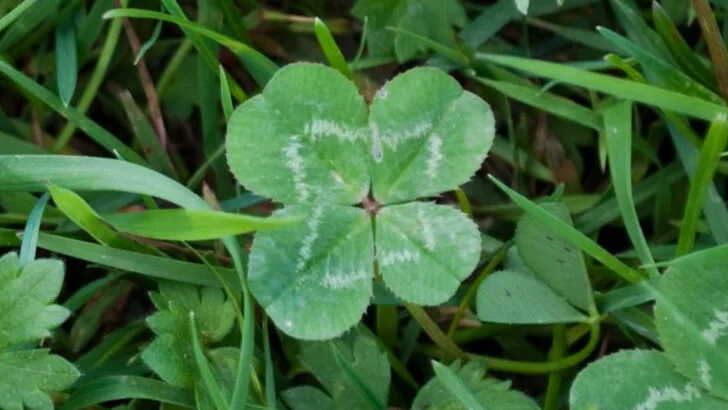Weeds often get a bad reputation, but not all of them are the enemies we think they are. Some common weeds actually play a valuable role in the garden, supporting the health of your plants and soil in unexpected ways. Before reaching for the hoe, it’s worth taking a closer look at what’s growing around your flowers and veggies.
These 16 weeds might seem like nuisances at first glance, but they bring benefits that are easy to overlook. From attracting helpful insects to improving soil quality, they quietly contribute to a more balanced and thriving garden ecosystem. Keeping them around could save you time and effort in the long run.
Dandelion
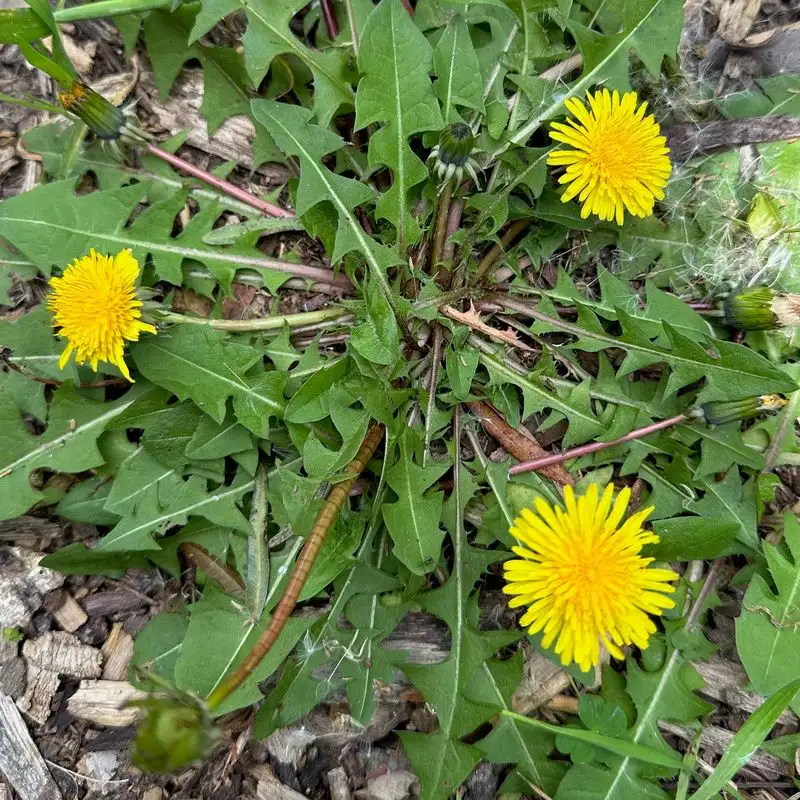
Dandelions often get a bad reputation as pesky intruders. However, their deep roots help aerate the soil, allowing nutrients and water to reach deeper layers. The bright yellow flowers attract pollinators like bees and butterflies, essential for a thriving garden ecosystem. Dandelion leaves are edible and can be used in salads or teas, providing vitamins A and C. The entire plant is packed with nutrients, playing a role in traditional medicine to aid digestion and liver health. Letting dandelions flourish in moderation can benefit both you and your garden tremendously.
Common Mullein
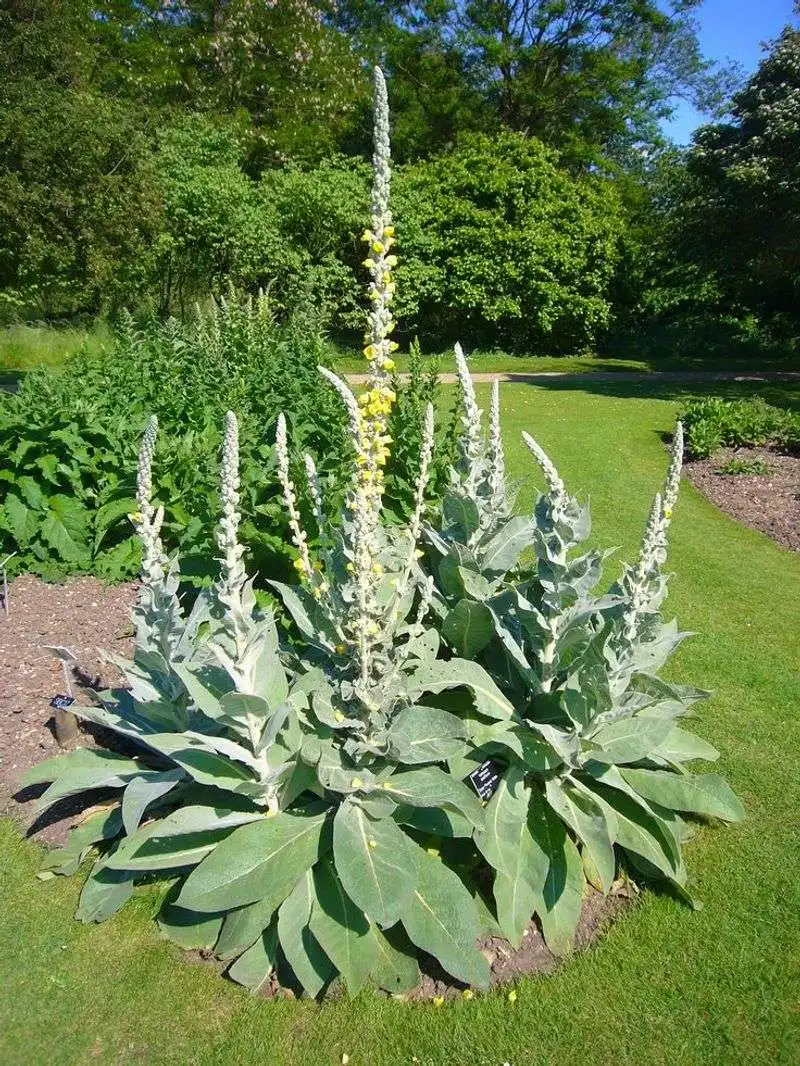
Common Mullein is a towering plant known for its velvety leaves and bright flower spikes. Historically, its leaves were used in herbal teas to soothe coughing.
Its root system can aerate compacted soil, making it a gardener’s ally.
In medieval times, it was referred to as ‘torch plant’ due to its dried stalks being used as torches. This weed not only offers medicinal benefits but also adds a unique architectural element to gardens. Its presence can transform barren spots into a hub of activity for pollinators.
Nettle
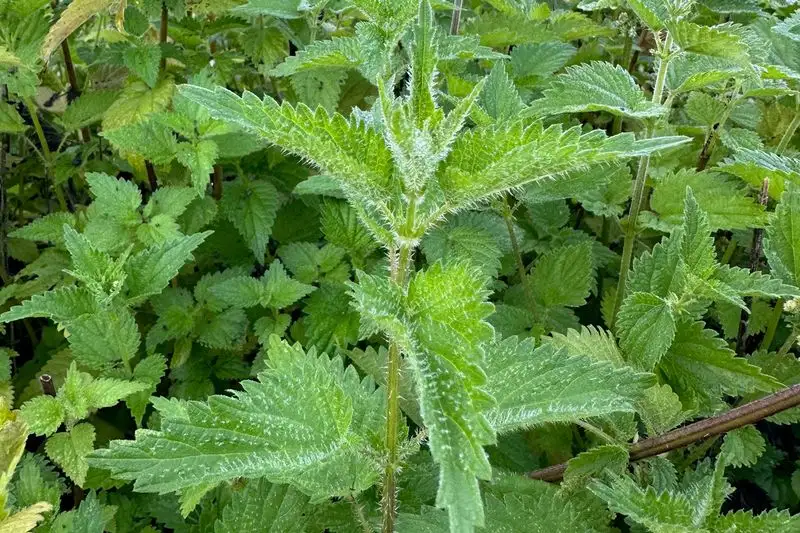
Nettle might sting, but this plant is a powerhouse of benefits. Rich in iron and vitamins, the leaves can be harvested and used in teas or as a cooked green, much like spinach. Nettle also improves soil quality by adding essential nutrients back into it. It’s an excellent companion for plants prone to aphid attacks, as it attracts predatory insects that keep pests in check. In compost, it acts as an activator, speeding up decomposition. Approaching nettle with caution allows you to harness its full spectrum of advantages without the unpleasant sting.
Creeping Charlie
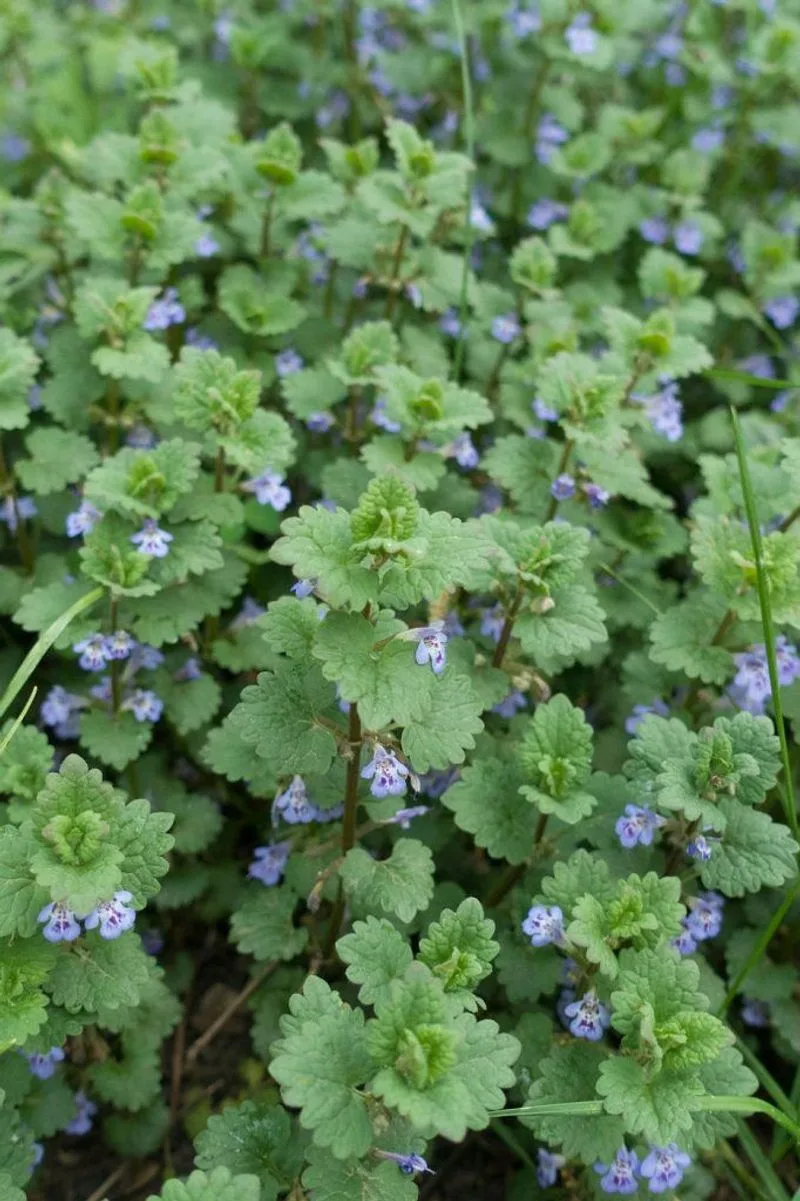
Creeping Charlie, with its round scalloped leaves, is often seen as a pesky invader. However, its leaves can be brewed into a refreshing tea loaded with vitamin C.
The plant’s ability to cover ground quickly makes it an excellent living mulch. In folklore, it was used to protect homes from evil spirits. This versatile weed can transform overlooked garden areas into lush, green carpets, serving both aesthetic and practical purposes.
Its tendency to spread might be a nuisance, but its benefits are worth reconsidering.
Clover
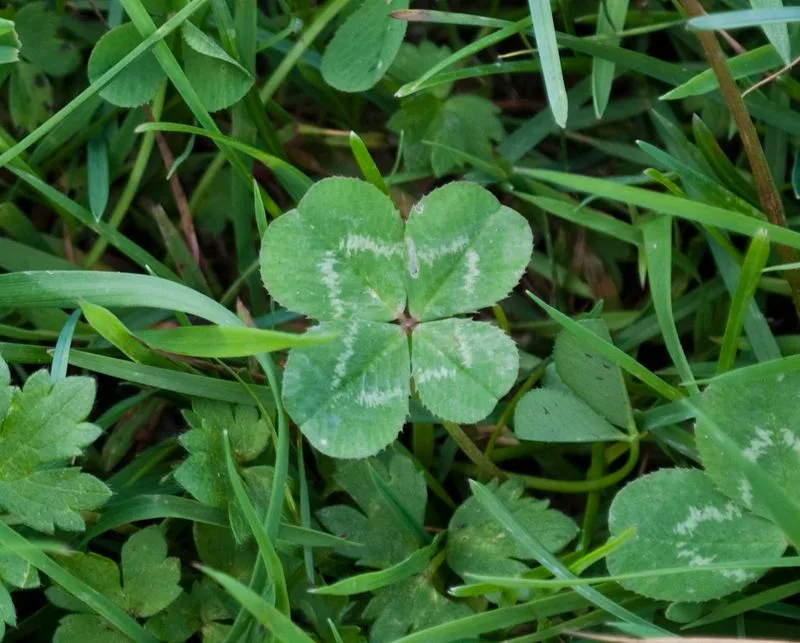
Clover often appears as a lucky find, and indeed, it brings luck to your garden. This low-growing plant fixes nitrogen in the soil, naturally fertilizing it and promoting healthy plant growth. Its presence can reduce the need for chemical fertilizers. Clover’s flowers attract bees, supporting pollination and biodiversity. The dense coverage it provides helps suppress other, more invasive weeds. By allowing clover to spread, your garden benefits from enriched soil, improved plant health, and a harmonious balance of beneficial insects.
Curled Dock
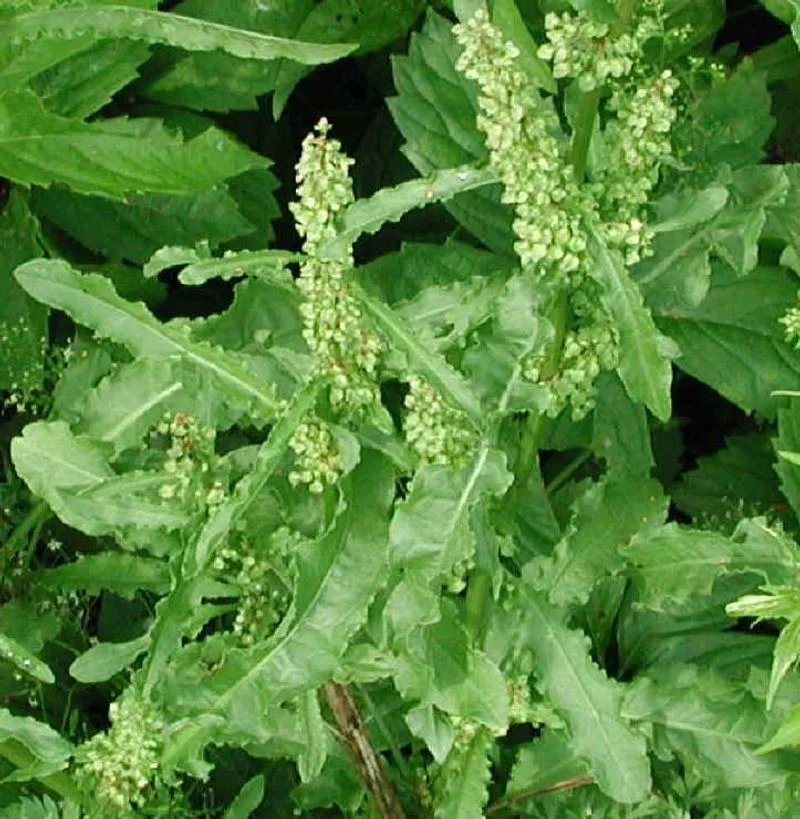
Curled Dock, recognizable by its wavy leaves, is more than a mere weed. Known for its iron-rich roots, it’s been used in traditional remedies to alleviate anemia symptoms.
This plant thrives in poor soil, helping to reclaim unusable land. In the past, it was applied as a natural dye, offering earthy tones to fabrics. Curled Dock can turn neglected garden corners into sources of nutrients and color, showcasing its historical and modern-day uses.
Its resilience and utility make it a surprising asset.
Purslane
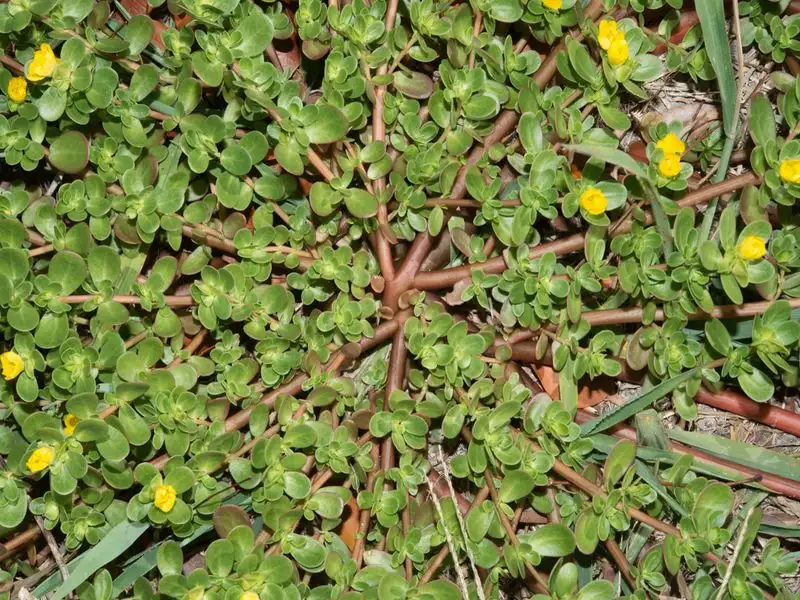
Purslane is not just a weed but a nutritional powerhouse. Rich in omega-3 fatty acids, it is one of the few plant sources for this essential nutrient. Purslane can be added to salads or smoothies, offering a refreshing, lemony flavor. It thrives in harsh conditions, acting as a living mulch by covering the soil and reducing water evaporation. This helps retain moisture for other plants. Purslane’s ability to thrive in various environments makes it an excellent ally in maintaining soil health and providing nutritional value.
Chickweed
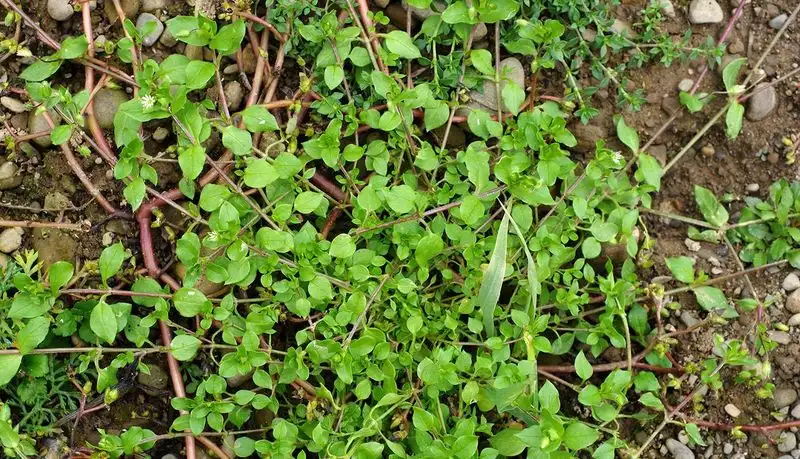
Chickweed may look unassuming, but it holds a wealth of benefits. The plant is edible, offering a mild, spinach-like taste, perfect for salads and soups. Rich in vitamins and minerals, it supports overall health. Chickweed is also known for its skin-soothing properties, often used in creams and ointments for its anti-inflammatory effects. It grows rapidly, covering the soil and preventing erosion. This ground-covering ability helps maintain moisture levels. Allowing chickweed a place in your garden can promote a balanced ecosystem and contribute to your well-being.
Lamb’s Quarters
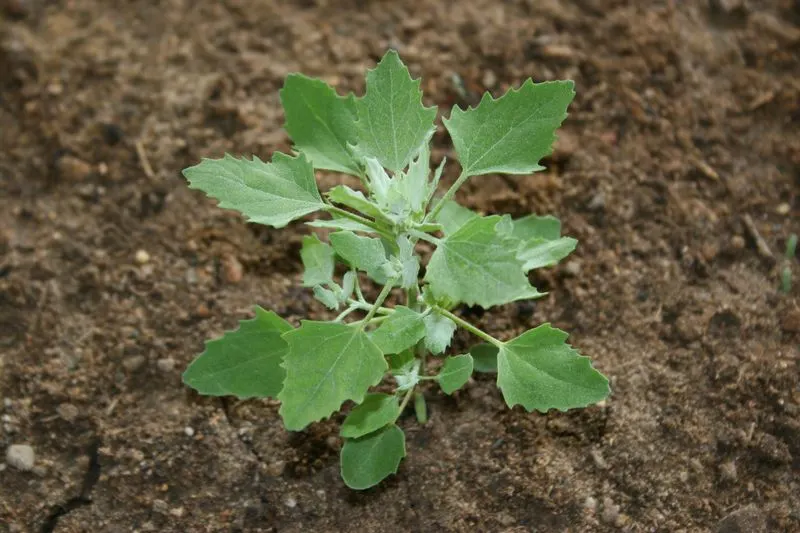
Lamb’s quarters, though often overlooked, are a nutrient-rich addition to your garden. The leaves, similar in taste to spinach, are packed with vitamins A and C. They can be steamed, sautéed, or used raw in salads. This weed serves as a beneficial companion plant, attracting beneficial insects that prey on pests. Its deep roots help break up compacted soil, improving aeration and drainage. Lamb’s quarters also act as a trap crop, drawing pests away from more vulnerable plants. Embracing this weed can enhance both your garden’s aesthetics and functionality.
Mallow
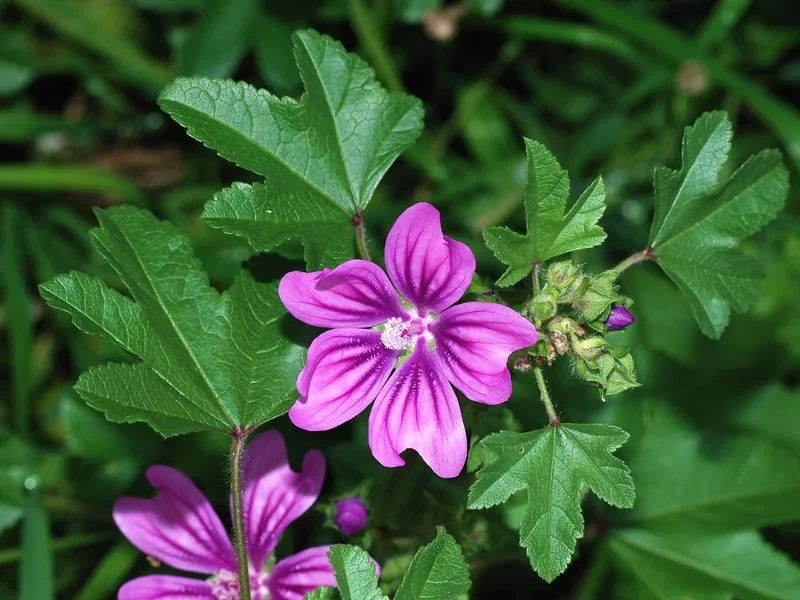
Mallow is a versatile weed that offers culinary and medicinal benefits. Its leaves can be used in salads, offering a mild flavor and mucilaginous texture. Mallow is known for its soothing properties, often used in herbal remedies for sore throats and respiratory issues. In the garden, it serves as a cover crop, protecting soil from erosion and suppressing less desirable weeds. The flowers attract pollinators, promoting a healthy garden ecosystem. By recognizing the value of mallow, you can enhance your garden’s biodiversity and enjoy its numerous benefits.
Plantain
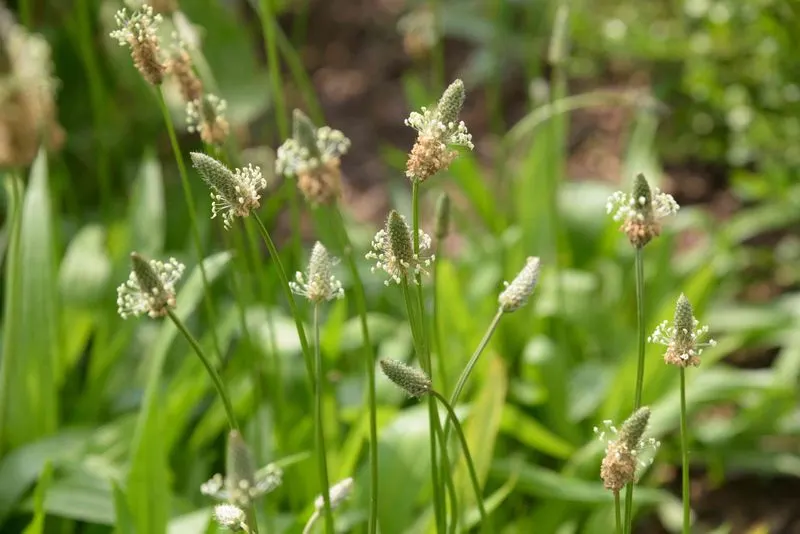
Plantain is more than a common garden weed; it’s a versatile healer. Known for its anti-inflammatory properties, plantain leaves can be used in poultices for cuts and insect bites. The plant also improves soil structure, with its roots breaking up compacted ground. Plantain is a food source for certain butterflies and moths, contributing to local biodiversity. In addition, the young leaves are edible, offering a source of vitamins in salads or sautés. By appreciating plantain’s role, you support ecological balance and can tap into its traditional medicinal uses.
Wild Violet
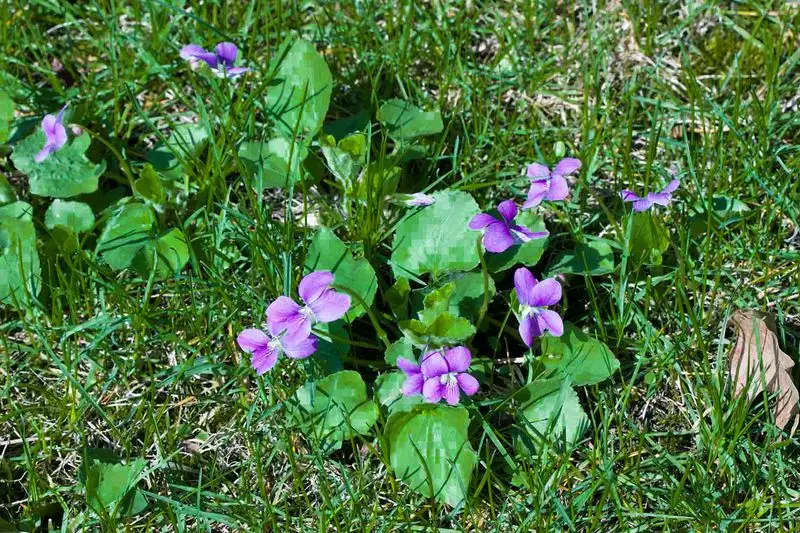
Wild violets add a touch of color with their pretty purple blooms. These weeds not only beautify your garden but also provide edible flowers that can be used in salads or as garnishes. Wild violets are known for their high vitamin C content, beneficial for boosting immunity. They thrive in shaded areas, helping prevent soil erosion and maintaining moisture. These plants also attract pollinators, enriching your garden’s biodiversity. Allowing wild violets to flourish can transform a drab corner into a vibrant, eco-friendly space.
Yarrow
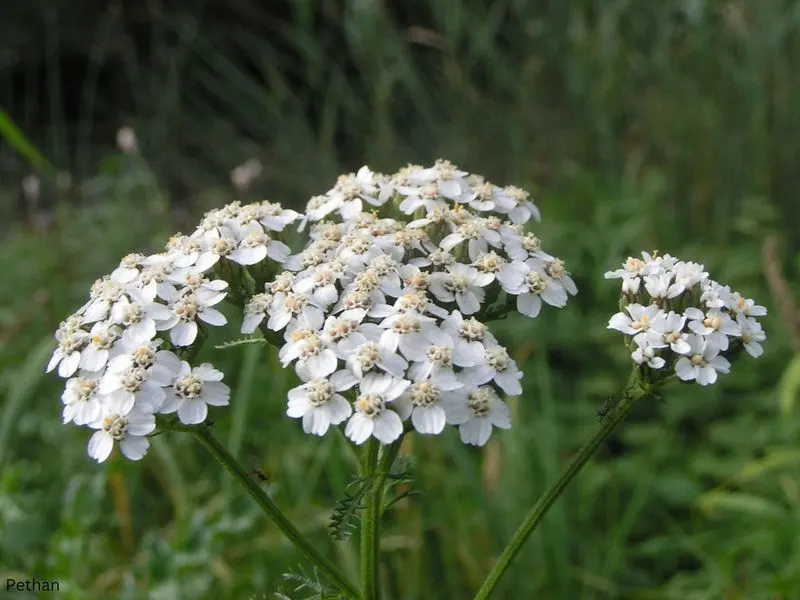
Yarrow is a resilient weed with a host of advantages. Its feathery leaves and clusters of tiny flowers attract beneficial insects such as ladybugs and bees. Yarrow is known for its ability to improve soil quality by adding nutrients and enhancing water retention. Herbalists value it for its anti-inflammatory and healing properties. It can be used in teas and salves to treat minor wounds and colds. Yarrow’s presence in the garden supports a healthy ecosystem and offers practical uses, making it a valuable ally to gardeners.
Shepherd’s Purse
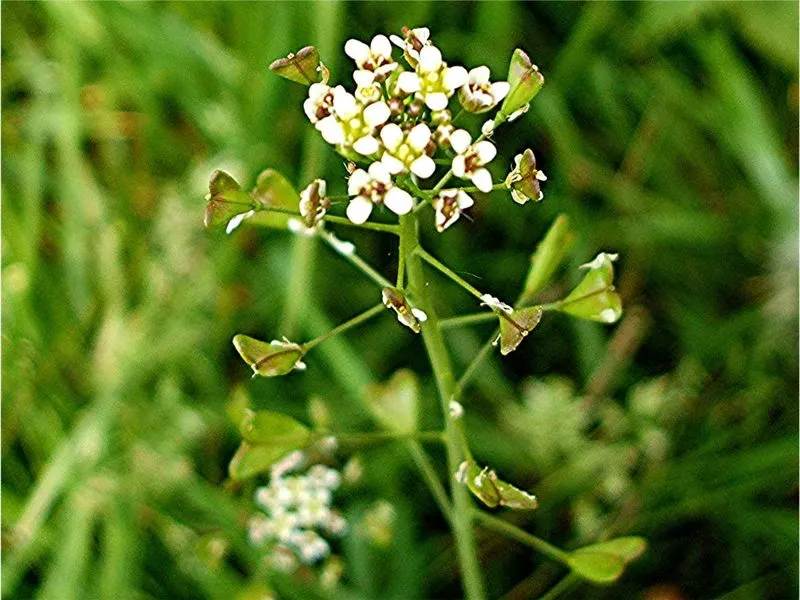
Shepherd’s purse is recognized by its distinctive heart-shaped seed pods. This weed offers culinary and herbal benefits, with leaves that can be added to salads or cooked dishes. It’s renowned for its astringent properties, often used in herbal remedies to stop bleeding. In the garden, shepherd’s purse acts as a ground cover, preventing erosion and maintaining soil health. By providing habitat for beneficial insects, it plays a role in pest control. Embracing shepherd’s purse in moderation supports ecological balance and offers practical advantages.
Burdock
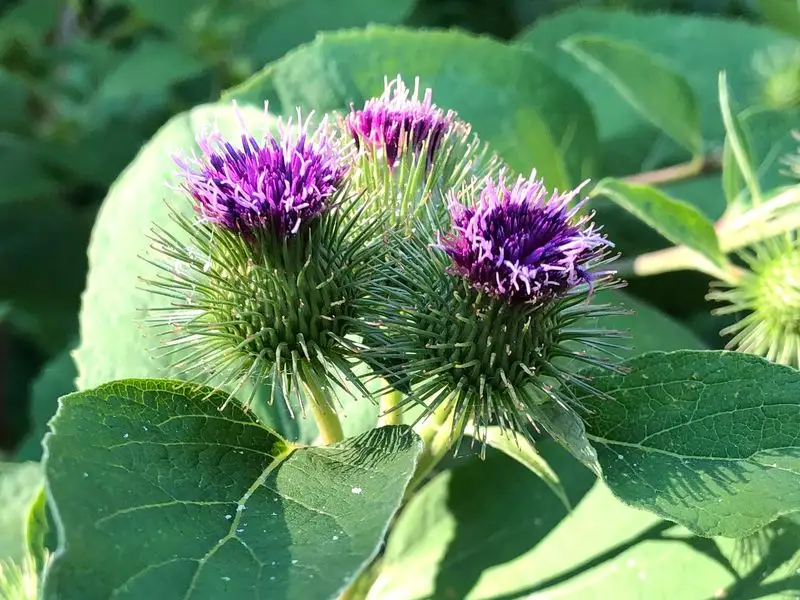
Burdock is a robust weed with large leaves and a deep taproot that aerates the soil. Known for its detoxifying properties, burdock root is used in herbal medicine to cleanse the liver and skin. The plant attracts pollinators, enhancing biodiversity in the garden. Burdock can serve as a companion plant, providing shade and humidity for smaller, more vulnerable plants. Although often considered a nuisance, its benefits in soil conditioning and natural healing make burdock a weed worth keeping around.
Ground Ivy
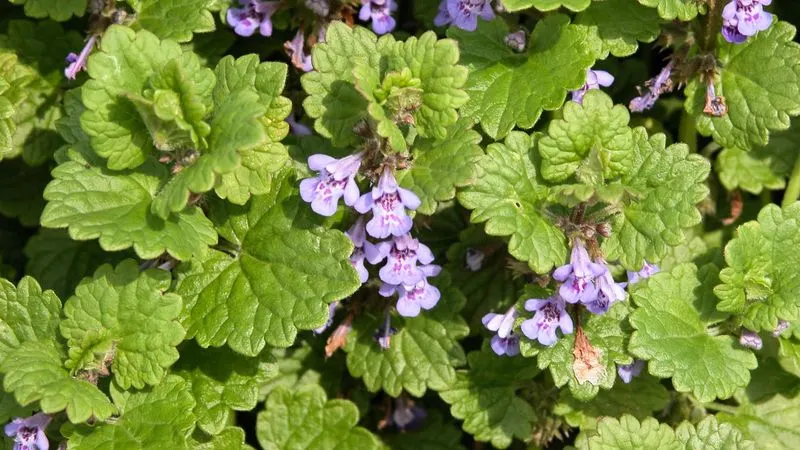
Ground ivy, or creeping charlie, forms a lush carpet that can suppress more aggressive weeds. Its trailing vines and round leaves add texture to garden spaces. Ground ivy is known for its medicinal properties, often used in teas to alleviate colds and headaches. The flowers attract bees, supporting pollination and ecological balance. By allowing ground ivy to spread, gardeners can reduce soil erosion and enjoy a garden filled with beneficial insects. This weed’s persistence might be seen as a nuisance, but its advantages are worth considering.

